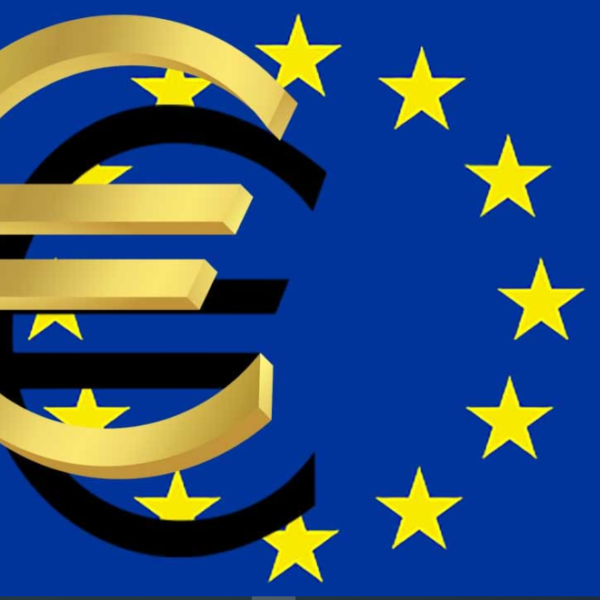The Euro (EUR) trades back above 1.1000 against the US Dollar (USD) during the early US session, on Wednesday. The pair has stabilized after the market turbulence witnessed on Tuesday in which the pair fell over 100 pips on a sudden surge in USD strength. Whilst the general consensus is the move was driven by safe-haven flows due to US recession and banking fears, it’s also possible it was helped by hedge funds racing to cover a massive $10B failed US Treasury bond short. Despite Tuesday’s sell-off, from a technical perspective the overall trend is still up, with the probabilities favoring longs over shorts.
EUR/USD Market Movers
- The US Dollar surged on Tuesday due to safe-haven flows from recession and banking-crisis fears; on Wednesday sentiment improves after strong tech earnings releases from Alphabet and Microsoft.
- The news that ailing lender First Republic Bank is mulling over whether to sell $100B of its loans – over half its loan book – to shore up its balance sheet, resurrects banking-crisis fears.
- Lower-than-expected US Consumer Confidence figures for April eclipsed higher-than-expected New Home Sales and were viewed as evidence of a possible impending US recession.
- That said, US T-bond yields, especially of a two-year maturity, plummeted dramatically, as investors reassessed the possibility the Federal Reserve (Fed) might start cutting rates sooner than had been expected.
- The Euro has been supported by overall hawkish comments from ECB officials.
- Pierre Wunsch, president of Belgium’s Banque Nationale, said, “We are waiting for wage growth and core inflation to go down… before we can arrive at the point where we can pause (hiking rates).”
- The ECB’s chief economist Philip Lane also went on record as saying interest rates will rise at the May 4 meeting but whether beyond that depends on the data.
- Previously, the Irishman had said a lot is riding on the state of Eurozone banks, as assessed by the ECB’s Bank Lending Survey out on May 2, as well as April flash HICP inflation data released on the same day.
- Strong first quarter earnings by European banks due to higher interest margins, however, suggest the BLS may paint a favorable picture.
- Banco Santander’s recently released Q1 earnings, for example, beat profit estimates of 2.4B with 2.57B.
- ECB President Christine Lagarde recently said there is still “some way to go” before Frankfurt is done with hiking interest rates.
- The US Dollar is at a disadvantage since Federal Reserve (Fed) officials are in the two-week blackout period before the May 4 meeting, during which time they are not allowed to comment.
- Prior to the blackout, St. Louis Fed’s Bullard was hawkish, saying he expects more rate hikes due to persistent inflation and overblown recession fears.
- The key data release for the US Dollar on Wednesday was March Durable Goods Orders, which showed substantial higher-than-expected gains, with headline Durable Goods rising 3.2% versus the 0.8% expected.
- For the Euro, the main release was German Consumer Confidence Gfk in May, which came out at -25.7, beating the previous result by 2 bps.
EUR/USD Technical Analysis: Nearing Year-To-Date Highs
EUR/USD finds a floor and recovers, and is currently trading back above 1.1000. Tuesday’s decline was violent but despite that the broader medium-term uptrend remains intact – and will continue to – as long as the 1.0830 lows hold. Overall the odds favor a continuation of the dominant Euro-bullish trend.
A decisive break above the 1.1075 year-to-date highs would confirm a continuation of the Euro’s uptrend to the next key resistance level at around 1.1190, where the 200-week Simple Moving Average (SMA) is located.
For the sake of clarity, a ‘decisive break’ might be a ‘breakout candle’ – a long green bullish daily candle that extends above the 1.1075 highs and closes near its high, or three smaller bullish green candles in a row that break above the highs.
Alternatively, a break and daily close below the key lower high at 1.0830 could see losses extend down to a confluence of support at 1.0775-1.0800, marking a possible reversal of the dominant trend.

